Ground cover
gregoryjohn
18 years ago
Related Stories

GROUND COVERSGround Force: 10 Top Ground Covers for Your Garden
Protect your soil from weeds and drought this summer with a living mulch of ground covers
Full Story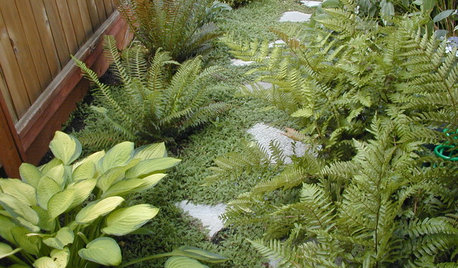
LANDSCAPE DESIGN6 Great Ways With Garden Ground Covers
Use them as problem solvers, weed killers, color and texture providers ... ground cover plants have both practical and visual appeal
Full Story
GARDENING GUIDESGreat Design Plant: Bugle Weed, a Quick Ground Cover
It’s highly adaptable, suppresses weeds, reduces erosion and provide weeks of bright flowers. Just watch for invasiveness
Full Story
GARDENING GUIDES6 Dependable Ground Covers for Warm Climates
Swap some lawn for these drought-tolerant clumping plants — and watch your maintenance efforts diminish while they easily grow
Full Story
GARDENING GUIDES5 Weed-Smothering Ground Covers
Let these landscape plants do the dirty work of choking out weeds while you sit back and enjoy the view
Full Story
GARDENING GUIDES6 Native Ground Covers for Tough, Dry Spots
Sun beating down on your sandy gravel? Thick shade darkening your clay soil? There’s a ground cover here for you
Full Story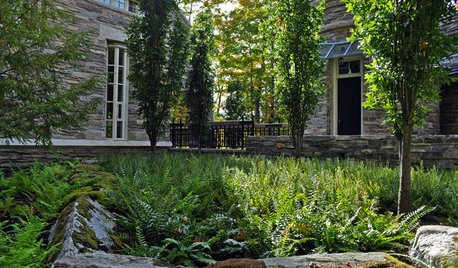
FLOWERS AND PLANTS8 Essential Native Ground Cover Plants for the Southeast
These low-growing ferns, shrubs and palms blanket the ground to help with erosion and soil moisture
Full Story0
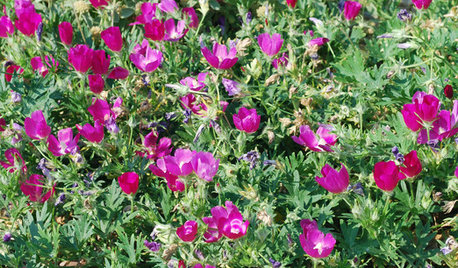
GARDENING GUIDES5 Essential Native Ground Covers for the Central Plains
These ground-level plants, for a variety of soils and sun exposures, offer benefits for pollinators
Full Story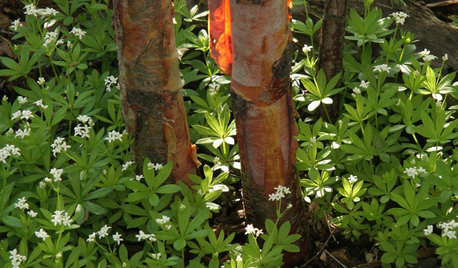
GARDENING GUIDES6 Deer-Resistant Ground Covers to Plant This Fall
Learn about some of the only low, spreading plants that are reliably deer-resistant
Full Story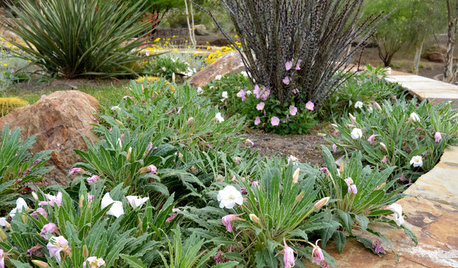
GARDENING GUIDES10 Native Ground Covers for Southwestern Landscapes
Create a carpet of color in your landscape with one or more of these sun-loving plants
Full Story





Lee_ME
george_in_the_uk
Related Professionals
Windham Landscape Architects & Landscape Designers · Battle Ground Landscape Contractors · Bell Gardens Landscape Contractors · Hayden Landscape Contractors · Indio Landscape Contractors · Lemoore Landscape Contractors · Louisville Landscape Contractors · New Berlin Landscape Contractors · Wethersfield Landscape Contractors · Kingsburg Landscape Contractors · Coronado Decks, Patios & Outdoor Enclosures · Greendale Decks, Patios & Outdoor Enclosures · Methuen Decks, Patios & Outdoor Enclosures · Reading Decks, Patios & Outdoor Enclosures · Windsor IronworkGardener_KS
gregoryjohnOriginal Author
Lee_ME
Herb
Lee_ME
Herb
gardenberry
gardenberry
gregoryjohnOriginal Author
Jando_1
Jando_1
Gardener_KS
karinl
Lee_ME
edzard
Lee_ME
edzard
gardenberry
gregoryjohnOriginal Author
gardenberry
patjonking
pugfeathers
Dave_WA